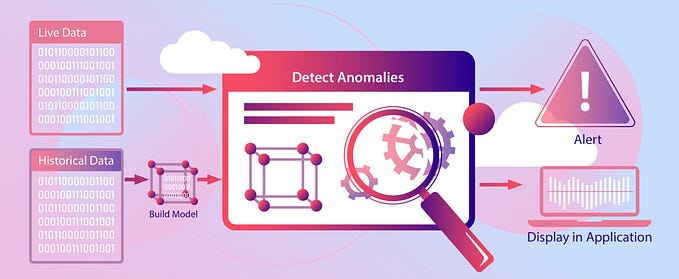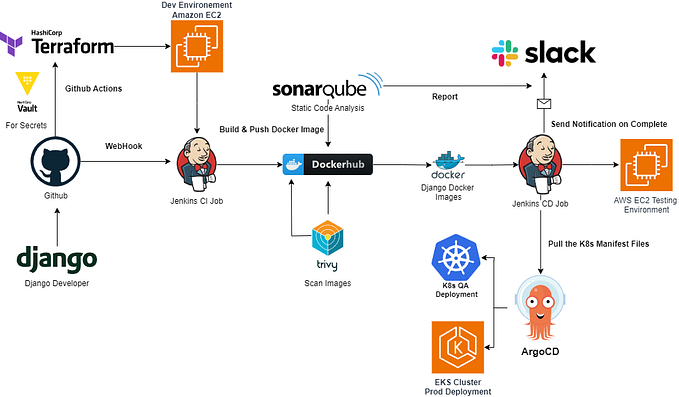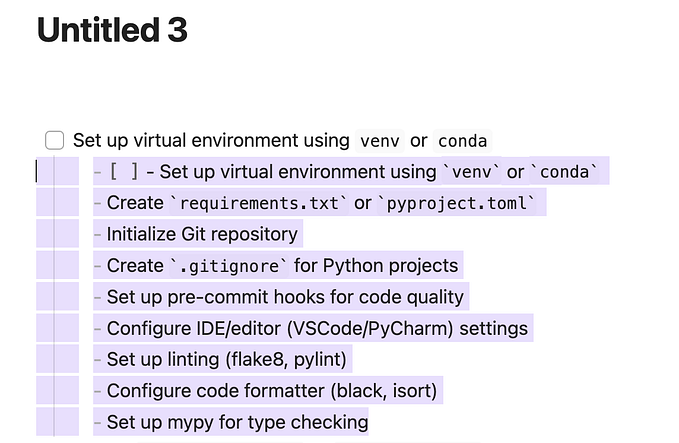Ansible: The Swiss Army Knife of Automation Tools
A Beginner’s Guide to Ansible
Ansible is a popular open-source automation tool that is used to configure, manage and deploy applications and infrastructure. It is an agentless tool, which means it does not require any software to be installed on the remote hosts. Instead, Ansible uses SSH to communicate with the remote hosts and execute commands on them. This makes Ansible easy to install and use, and it is also secure because it does not require any agents to be installed on the remote hosts.

In this blog, we will discuss Ansible in detail, including its architecture, features, and use cases.
Ansible Architecture
The Ansible architecture consists of three main components:
- Control Node: The control node is the machine on which Ansible is installed. It is used to manage the remote hosts and execute the Ansible playbooks.
- Inventory: The inventory is a list of all the remote hosts that Ansible will manage. The inventory can be in the form of a text file or a dynamic inventory script that can generate the inventory dynamically.
- Remote Hosts: The remote hosts are the machines that Ansible will manage. Ansible communicates with the remote hosts using SSH and executes commands on them.
Ansible Features
Ansible has many features that make it a popular automation tool for infrastructure and application management. Some of the key features of Ansible are:
- Agentless Architecture: Ansible is an agentless tool, which means it does not require any agents to be installed on the remote hosts. This makes Ansible easy to install and use, and it is also more secure because it does not require any software to be installed on the remote hosts.
- YAML Based Playbooks: Ansible playbooks are written in YAML format, which is easy to read and understand. This makes it easy to create and maintain Ansible playbooks.
- Idempotent: Ansible is an idempotent tool, which means that if the playbook is run multiple times, it will always result in the same output. This ensures that the configuration of the remote hosts is always consistent.
- Easy to Learn: Ansible is easy to learn and use, and it does not require any programming knowledge. The YAML format is easy to understand, and the Ansible modules provide a simple way to execute tasks.
- Extensible: Ansible is extensible, and it can be integrated with other tools and systems using plugins and modules. Ansible also provides a REST API that can be used to integrate with other systems.
Ansible Use Cases
Ansible is used for many use cases, including:
- Infrastructure Management: Ansible is used for infrastructure management, including configuration management, provisioning, and deployment of servers and applications.
- Application Deployment: Ansible is used to deploy applications to remote hosts, including containerized applications and microservices.
- Network Automation: Ansible is used to automate network infrastructure, including network device configuration, monitoring, and provisioning.
- Cloud Management: Ansible is used for cloud management, including provisioning and configuration management of cloud resources.
- Security Automation: Ansible is used for security automation, including compliance management, security hardening, and incident response.
Ansible Playbooks
Ansible playbooks are used to define and execute tasks on the remote hosts. A playbook is a YAML file that contains a list of tasks that will be executed on the remote hosts. Each task is defined as a module that Ansible will execute on the remote hosts.
Here is an example of an Ansible playbook:
---
- hosts: webserver
tasks:
- name: Install Apache web server
yum:
name: httpd
state: latest
- name: Start Apache web server
service:
name: httpd
state









